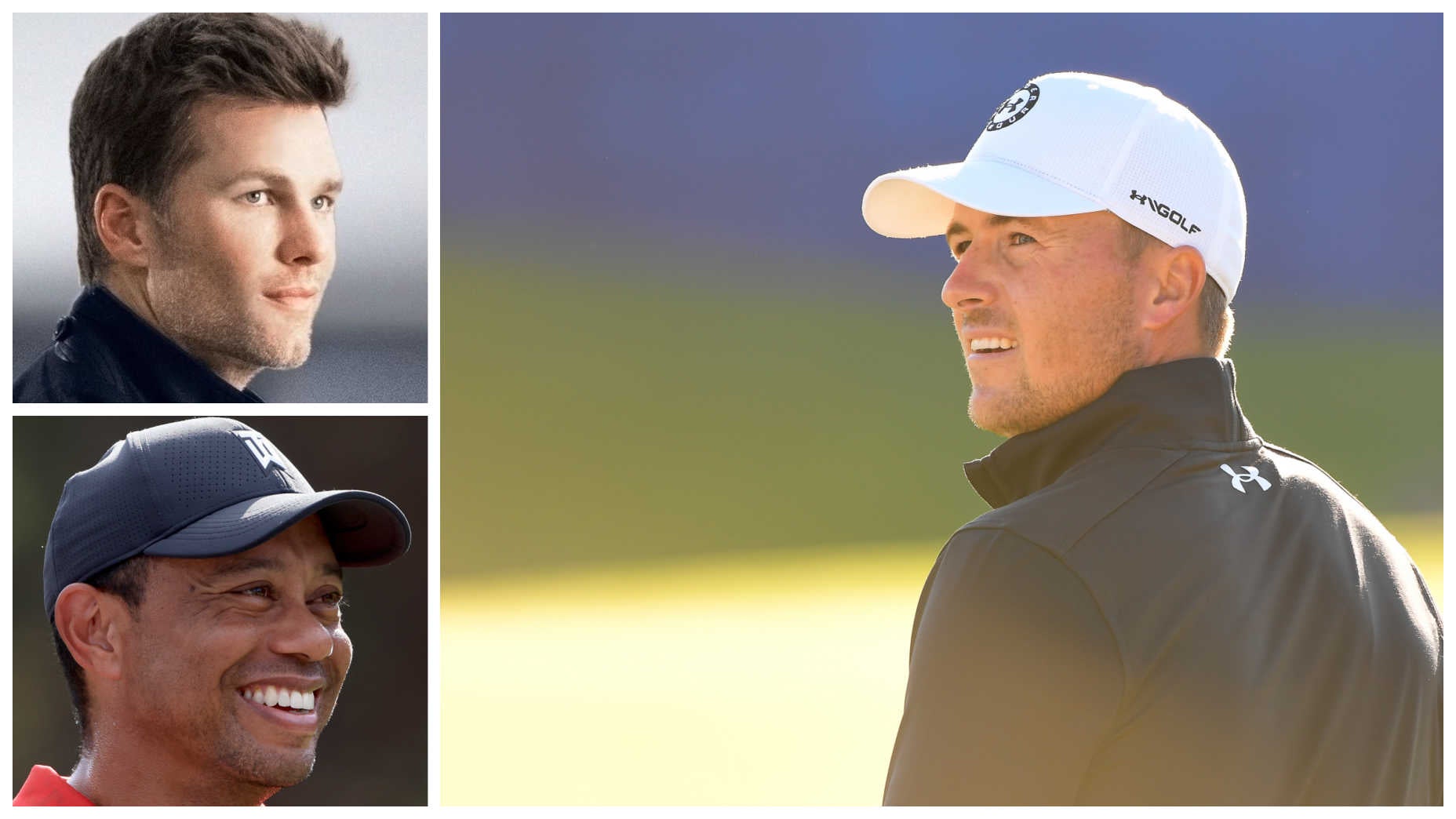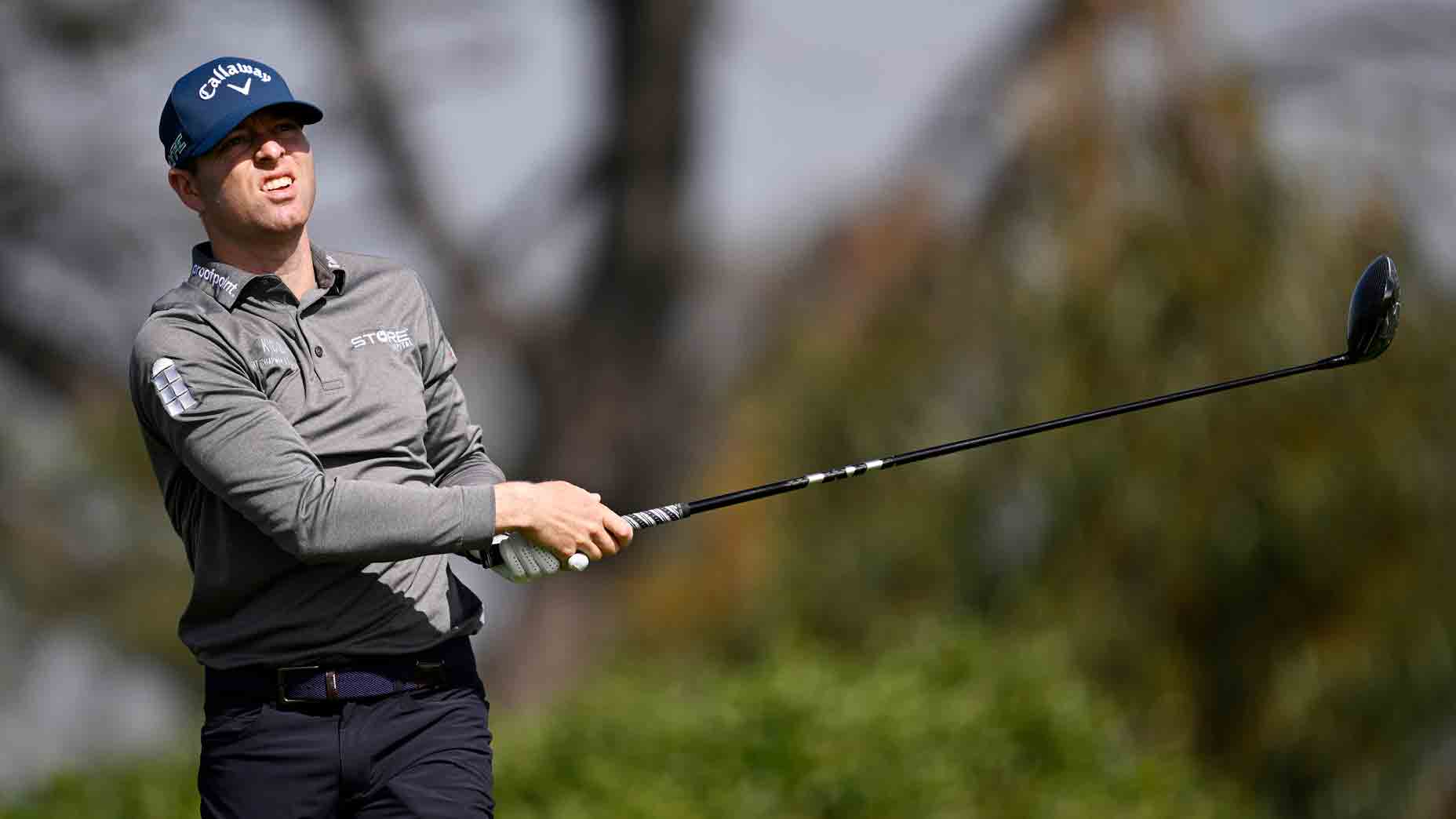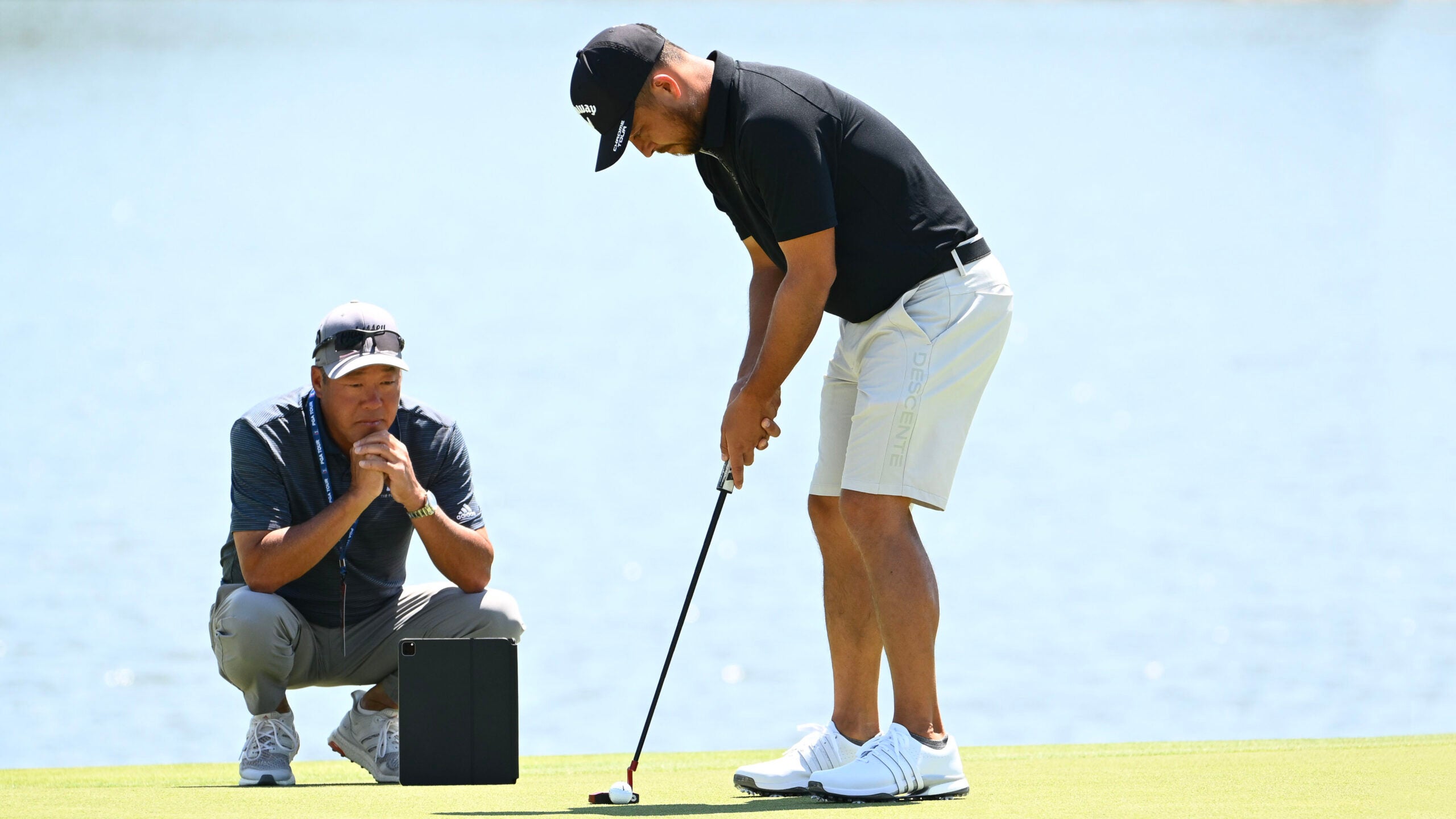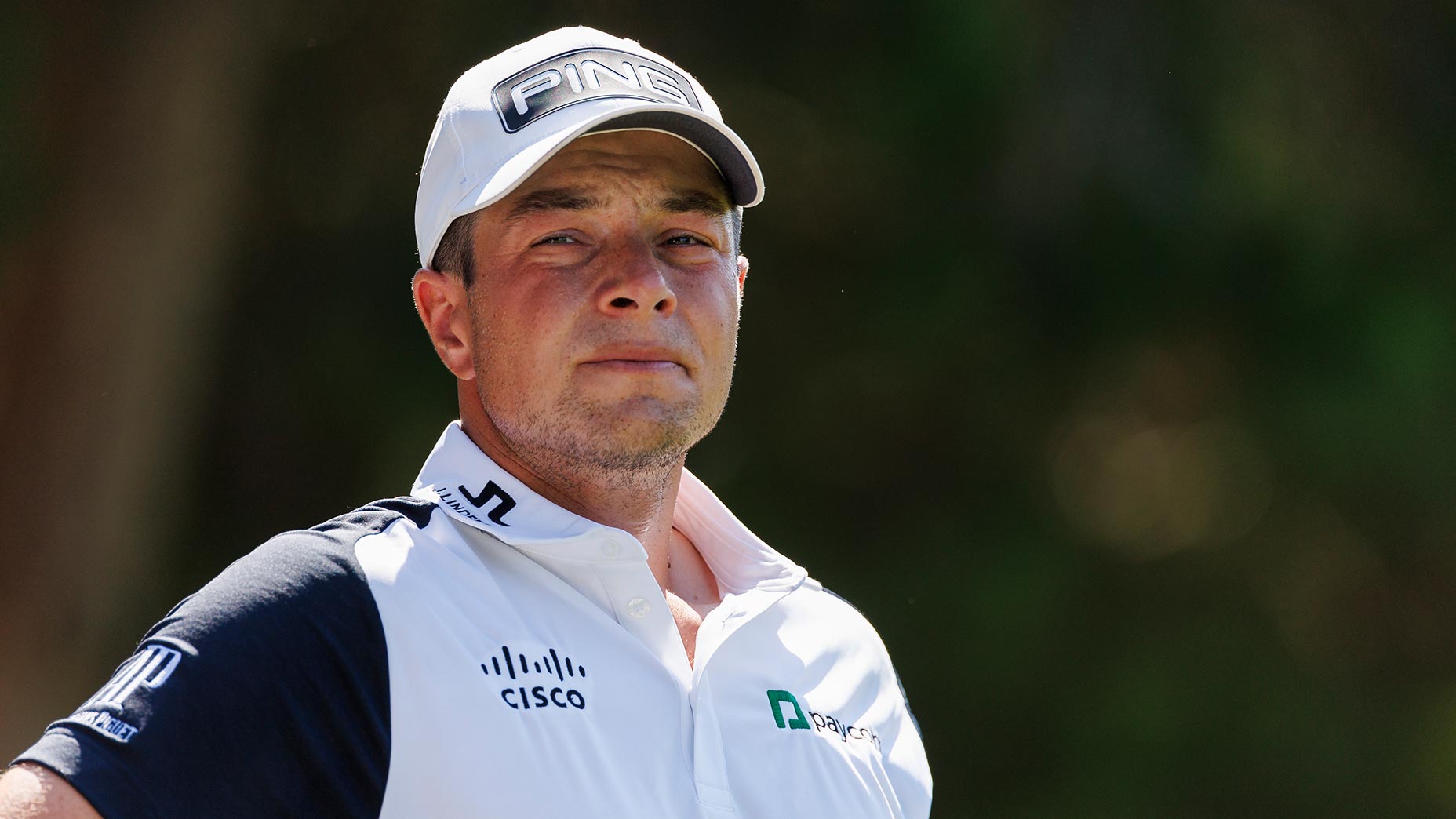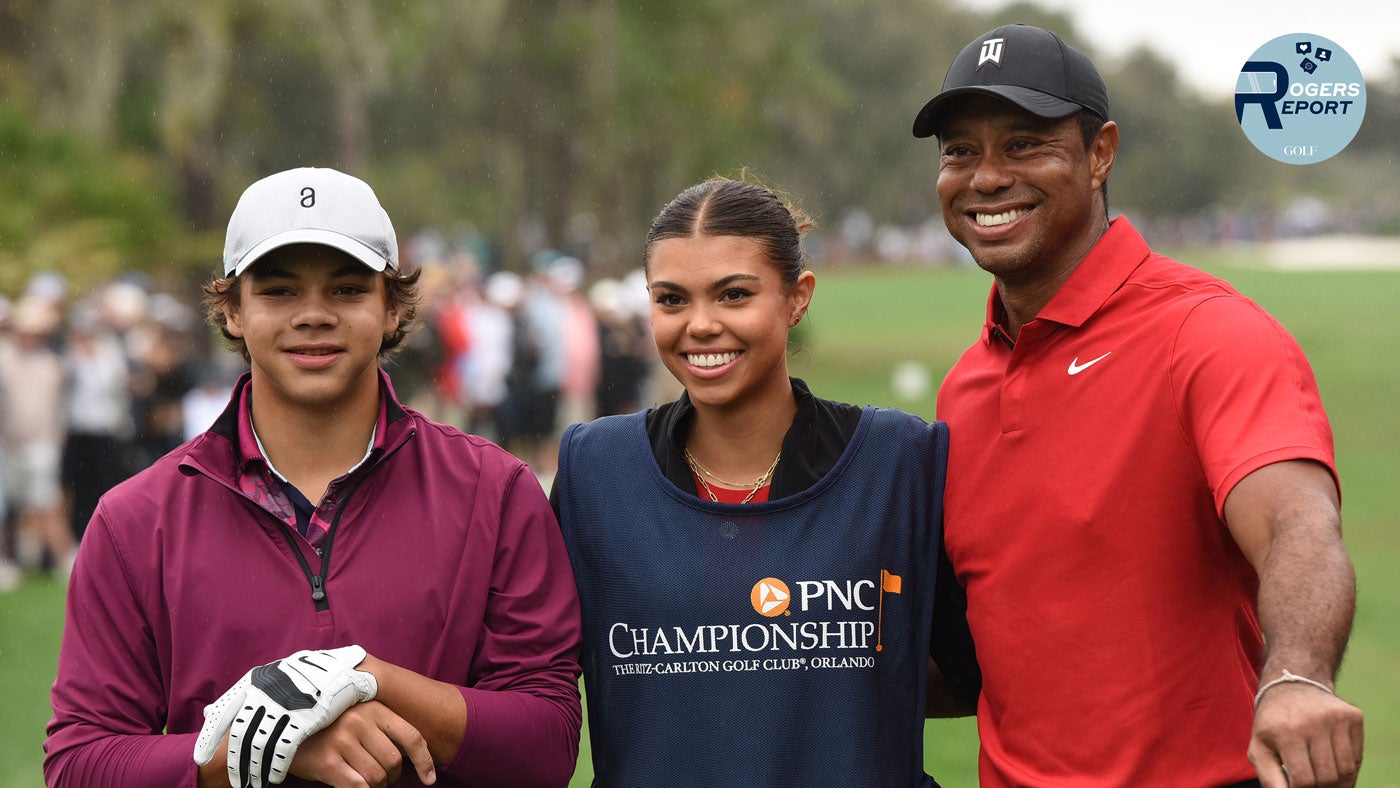Often, some of the most insightful lessons we get from the game’s best players come when players talk about other greats. A great player may not be able or willing to describe how they do something well, but they’ll share a raft of interesting analysis on what they learned from another.
A prime example is Jordan Spieth, who, on Wednesday ahead of the AT&T Pebble Beach Pro-Am, answered a couple of questions about two greats in their respective sports: Tom Brady, and Tiger Woods.
Spieth and Brady share the same sponsor and have had a peer-to-peer relationship since 2014.
“He’s not only somebody who has helped when things have been going really well for me,” Spieth said of Brady, “But he’s also one of a few phone calls I’ve gotten when things are really bad.”
Let’s dive into a few of the nuggets Spieth shared this week …
1. Tom Brady
As Spieth says, Brady has been somebody who has reached out to share advice during the ups and downs that Spieth has had to navigate in recent years. He didn’t go into details, but he said Brady served as a kind of mentor, of sorts.
“He’s somebody that can relate to the ups and downs of a career, what he went through and giving his perspective,” he said.
But more specifically, Spieth says he’s taken a keen interest in Tom Brady’s diet and fitness approach, and has even started reading his book:
“I’ve read TB12 Method before. I’m in the middle of reading it each night, to look into what he’s done,” he said. “He changed the way that athletes should not only prepare but also recover, looking at a sport that was just so rooted in you go lift heavy weights…he’s totally reshaped the game of football.”
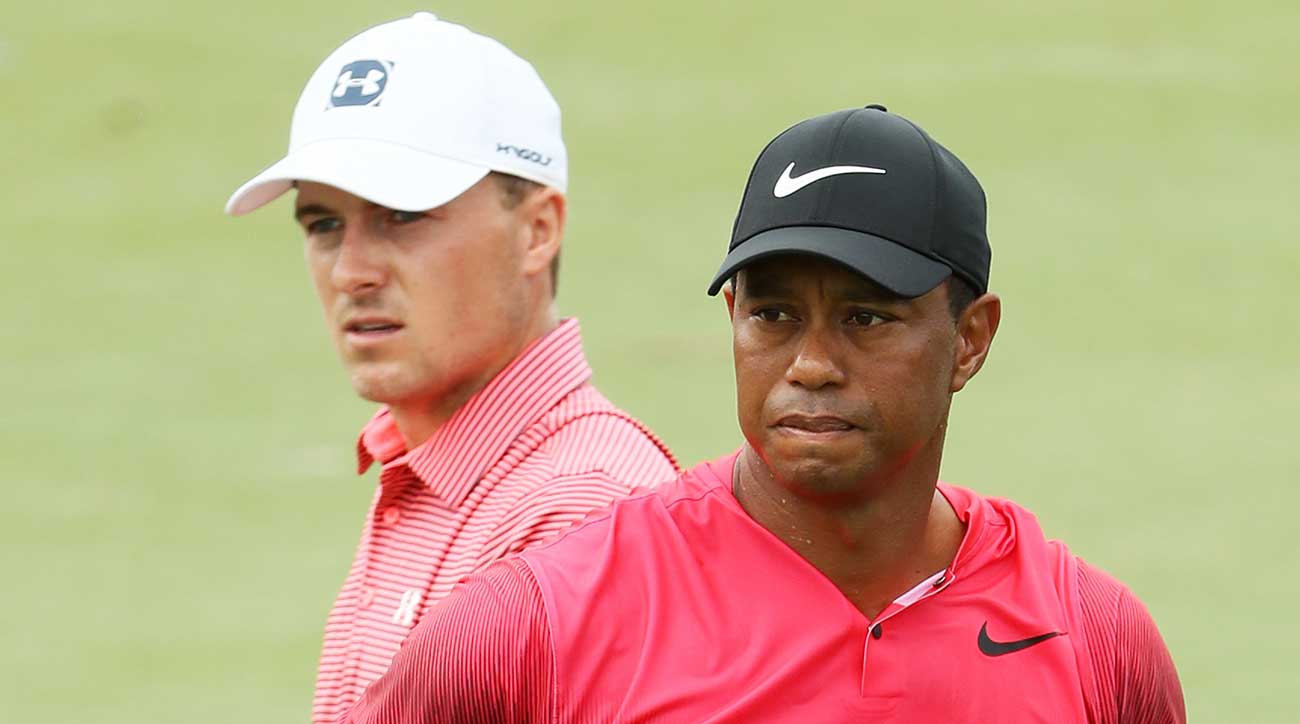
2. Tiger Woods
And then there’s Tiger Woods. Spieth says there’s so much he’s learned watching Tiger play golf, but above all else, he’s learned from his even-keel demeanor.
“He can get mad but any round I’ve ever played with him I never heard him get negative,” Spieth said of Tiger. “Then when he’s pumped…I actually think he stays more level. It’s just more of an intensity and a drive that’s kind of causing the immediate emotion, but still bounces back to a pretty neutral place after each shot.”
It’s something Spieth says he wants to adopt himself:
“If you don’t get mad at a bad shot it’s hard to get a lot better and it’s hard to learn from it,” he says. “We practice all the time for those good shots or big putts. So you should get really excited and pumped up, as long as you can kind of level it back down by the next one.”
